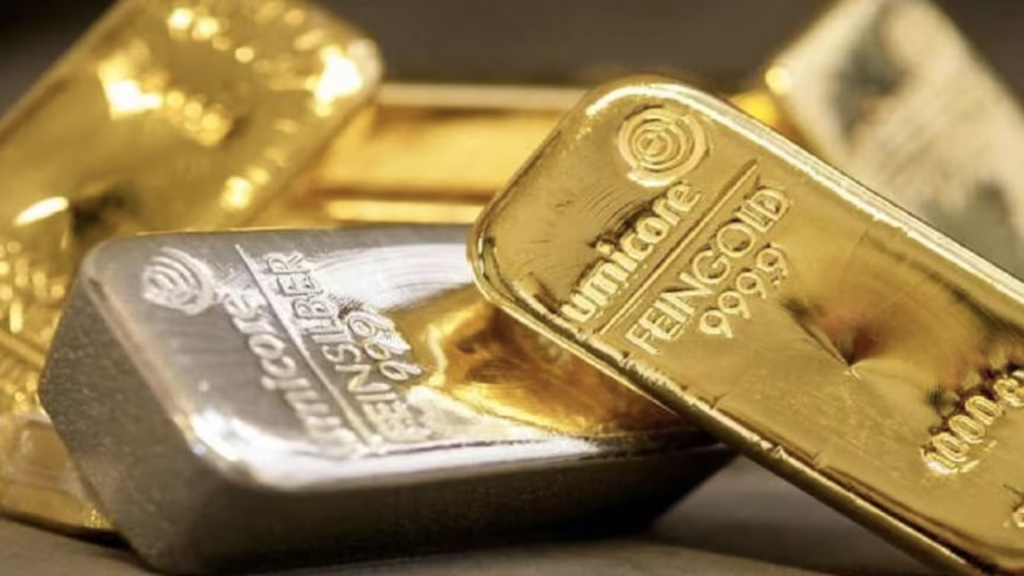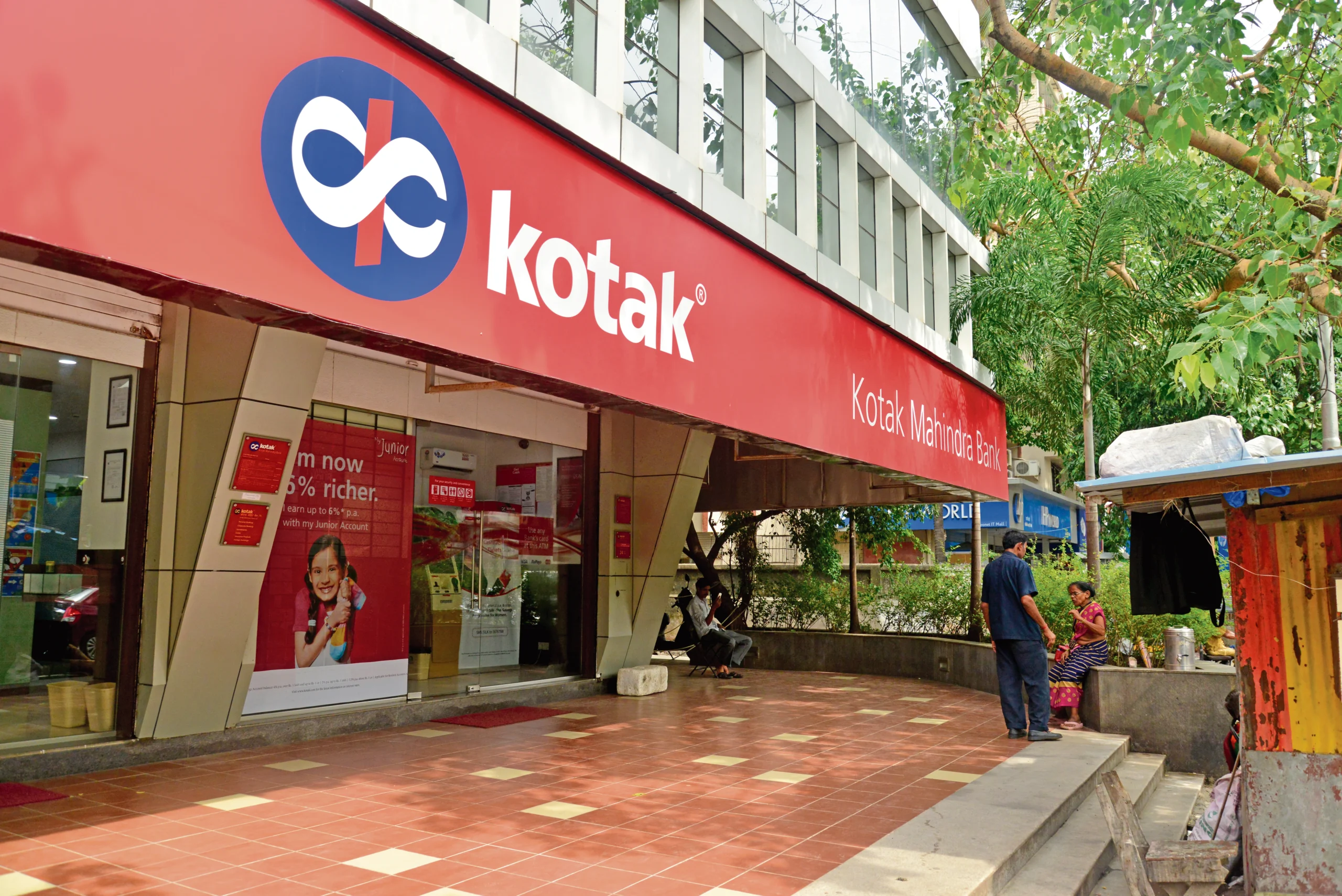Now Reading: Gold Prices Surge to Record Highs: What It Means for Indian Investors
-
01
Gold Prices Surge to Record Highs: What It Means for Indian Investors
Gold Prices Surge to Record Highs: What It Means for Indian Investors

Gold prices in India have reached unprecedented levels, with futures on the Multi Commodity Exchange (MCX) surpassing ₹1.10 lakh per 10 grams. This surge reflects global economic shifts and has significant implications for investors and consumers alike.
Global Factors Driving Gold Prices
The recent uptick in gold prices is largely attributed to a weakening U.S. dollar and expectations of interest rate cuts by the U.S. Federal Reserve. Disappointing U.S. labor market data has increased the likelihood of these rate cuts, making gold a more attractive investment as a safe-haven asset. Consequently, Comex gold futures have also reached all-time highs, mirroring the trends in the Indian market.
Impact on Indian Markets
In India, the surge in gold prices has been felt across major cities. For instance, in Coimbatore, 24K gold is now priced at ₹11,073 per gram, making it increasingly unaffordable for middle-class households. This price hike has led to a noticeable decline in the quantity of gold purchased per customer, particularly affecting traditional ceremonies like marriages and puberty rites.
Investor Considerations
For investors, the current gold rally presents both opportunities and challenges. While gold remains a stable asset amid economic uncertainties, the recent price surge may prompt some to consider booking profits. Experts suggest that investors should monitor upcoming U.S. inflation data and Federal Reserve decisions, as these will influence future gold price movements.
Conclusion
The rise in gold prices to record levels underscores the metal’s enduring appeal as a safe-haven investment. However, for consumers in Tier 2 cities and beyond, the escalating costs may necessitate a reevaluation of purchasing decisions. As global economic conditions continue to evolve, both investors and consumers will need to stay informed to navigate the implications of these developments
























